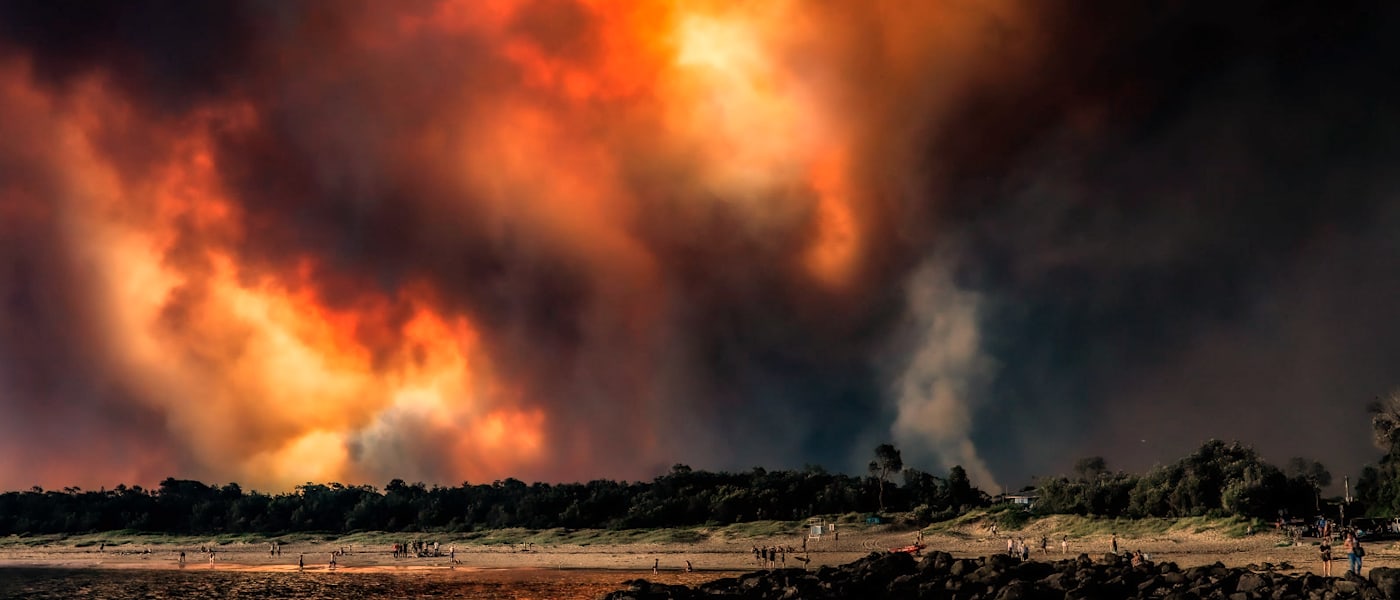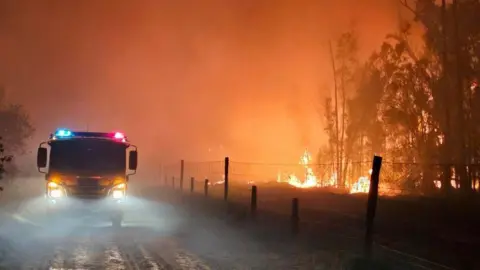Professional Insights: Why Every House Owner Requirements a Detailed BAL Report
Professional Insights: Why Every House Owner Requirements a Detailed BAL Report
Blog Article
How BAL Record Impacts Shrub Fire Protection Procedures
In the world of bush fire defense, the Building Assault Degree (BAL) record stands as a critical tool that significantly influences the safety and security and strength of buildings in fire-prone locations - BAL Report. The impact of a BAL assessment prolongs far beyond simple paperwork; it works as the foundation for establishing the suitable building requirements and fire defense steps needed to mitigate the threats positioned by bushfires. As neighborhoods grapple with increasingly extreme fire periods, understanding just how the BAL record forms these safety measures becomes vital for home builders, home owners, and policymakers alike
Comprehending the Bushfire Assault Level

Value of BAL Report Evaluation

In Addition, the BAL report analysis functions as a fundamental step in abiding by lawful responsibilities and requirements associated with bushfire security. Regional councils and authorities often mandate the entry of a BAL record as part of the planning and building approval procedure to make certain that residential or commercial properties are sufficiently protected versus bushfire risks. Falling short to perform an extensive BAL record assessment can result in poor protection measures, leaving properties susceptible to devastating bushfire events.
Building And Construction Standards Based Upon BAL
A detailed understanding of the Bushfire Assault Level (BAL) makes it possible for building owners to carry out building requirements tailored to their certain threat profile. Construction requirements based on BAL are critical in alleviating the influence of bushfires on residential properties. The BAL ranking classifies the prospective danger a home faces throughout a bushfire on a range from BAL-Low to BAL-FZ (Fire Zone)
Implementing Fire Protection Steps
With the structure of building criteria based upon Bushfire Attack Degree (BAL) in position, the emphasis currently moves towards the functional implementation of fire security actions to strengthen buildings versus bushfire risks. Carrying out fire protection steps includes a combination of passive and energetic techniques to enhance the strength of structures in bushfire-prone locations. Passive steps include using fire-resistant structure materials, mounting coal guards on vents, securing spaces in wall surfaces and roofs, and keeping a clear area around the building without combustible plants. Energetic actions encompass having firefighting equipment conveniently available, such as hose pipes and water pumps, along with developing a defendable area around the home by clearing plant life and having a properly maintained garden. Additionally, establishing an emptying plan and making this contact form sure all locals understand emergency situation procedures are vital components of reliable fire security actions. By incorporating both passive and active techniques, properties can dramatically lower their susceptability to bushfire occurrences and raise the security of owners.
Shielding Residences Versus Bushfires
Successfully safeguarding homes against the damaging impacts of bushfires needs a proactive and detailed technique to fire protection actions. Additionally, sealing spaces and vents to prevent cinder breach, as well as including fireproof doors and windows, can aid strengthen the home's defense against bushfires. By accepting a positive position and incorporating these safety actions, home owners can dramatically enhance their chances of protecting their homes versus bushfires.
Verdict
In conclusion, the Bushfire Attack Degree (BAL) report plays a critical duty in establishing the required defense procedures versus bushfires. Carrying out Recommended Reading fire security steps based on the BAL report is crucial in guarding properties from potential bushfire risks.
In analyzing bushfire threat to residential properties, understanding the Bushfire Attack Degree (BAL) is an important part for carrying out efficient protection steps. On the whole, a clear understanding of the Bushfire Attack Degree is vital for carrying out sufficient protection steps and mitigating the influence of bushfires on properties.

Report this page